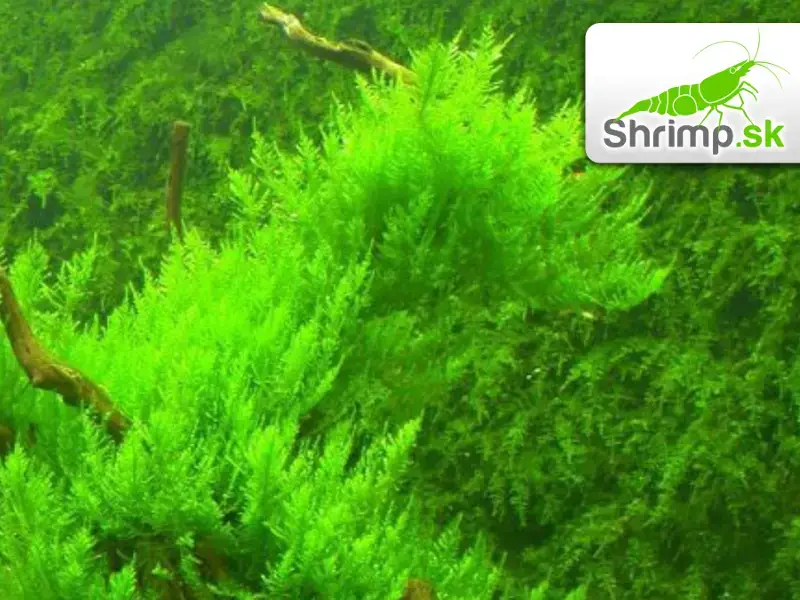
image4ozdyc.jpg from: https://www.earth.com/plant-encyclopedia/Bryophytes/Hypnaceae/vesicularia-inflectens/en/
Exploring the Fascinating World of Vesicularia inflectens Moss
Introduction
When it comes to the incredible diversity of plant life on Earth, mosses like Vesicularia inflectens are often overlooked. But don’t let their small size fool you – these tiny but mighty plants play important ecological roles and have some amazing adaptations. In this post, we’ll take a closer look at Vesicularia inflectens (Brid.) Müll.Hal., a moss species in the

vesicularia-christmas-moss-in-vitro-xl-1200×1200.jpg from: https://easyscape.co.za/shop/vesicularia-montagnei-christmas-moss/
Hypnaceae family, and discover what makes it so special.
Background on Mosses
Before we dive into the details on V. inflectens specifically, let’s review some quick background on mosses in general. Mosses are non-vascular plants in the division Bryophyta. Unlike other land plants, they lack true roots, stems, and leaves. Instead, they have root-like rhizoids, a stem-like structure called a caulidium, and leaf-like structures called phyllids. Mosses reproduce via spores rather than seeds and are found in diverse habitats worldwide.

vesicularia-reticulata-erect-moss-2.jpg from: https://www.nascapers.es/producto/vesicularia-reticulata-erect-moss/
Morphology and Identification
Vesicularia inflectens forms dense mats with a feather-like, pinnate branching pattern. Its phyllids are ovate to oblong-lanceolate in shape, with an acuminate apex. The costa (midrib) is short and double or absent. Capsules are ovoid to cylindrical on a long seta. Under the microscope, inflectens has distinctive inflated, vesiculose (bladder-like) alar cells at the base of the phyllids which help with identification.
Global Distribution and Habitat

_vyrp12_308erect-moss-vesicularia-reticulata-mach-do-akvaria-2.png from: https://www.shrimp.sk/erect-moss-invitro
This species has a wide distribution across subtropical and tropical regions of the world, including parts of Asia, Africa, Australia, and the Americas

aqua-mosssingapore01.jpg from: https://aquascapes-indonesia.blogspot.com/2015/05/singapore-moss-vesicularia-dubyana.html
. It grows on various substrates like tree trunks, rocks, and soil in moist, shady habitats such as rainforests and cloud forests from lowlands to about 2000 m in elevation.
Ecological Roles and Adaptations
Like other mosses, V. inflectens

Leucobryumjuniperoideum_01MG_3154.jpg from: https://azoresbioportal.uac.pt/pt/especies-dos-acores/leucobryum-juniperoideum-12209/
plays important roles in its ecosystems:
- Helps retain moisture and prevent erosion
- Provides shelter and habitat for micro-organisms and invertebrates
- Contributes to nutrient cycling by breaking down organic matter
- Acts as a pioneer species and helps with soil formation

3286_Leucobryum_juniperoideum_2014_04_05_0441.jpg from: https://www.bryo.cz/index.php?p=mechorosty_foto&site=default&gallery=leucobryum_juniperoideum&id=3286
Some key adaptations of

er4nmfbphk0v.jpg from: https://akvarioverastliny.sk/vesicularia-reticulata-erect-moss/p666609
inflectens include:
- Tolerance of low light conditions in the shaded understory
- Ability to absorb water and nutrients over its entire surface
- Vegetative reproduction via fragmentation to colonize new areas
- Spore dispersal by wind to reach distant habitats
Conclusion
From the forest floor to the microscopic level, Vesicularia inflectens is a fascinating moss with an important story to tell. Its global distribution, ecological significance, and specialized adaptations make it a prime example of the incredible diversity and resilience of mosses. Next time you’re out in nature, take a moment to appreciate the complex world of mosses beneath your feet! What other mighty miniature marvels of the plant kingdom have you encountered?

Vesicularia-reticulata—Er.jpg from: https://www.krevetky.net/album/mechy/vesicularia-reticulata-er-jpg/

qqq_irfvphynevn-vasyrpgraf-02nz.240×240-u1i1s1q90f1.jpg from: https://www.nzpcn.org.nz/flora/species/vesicularia-inflectens/